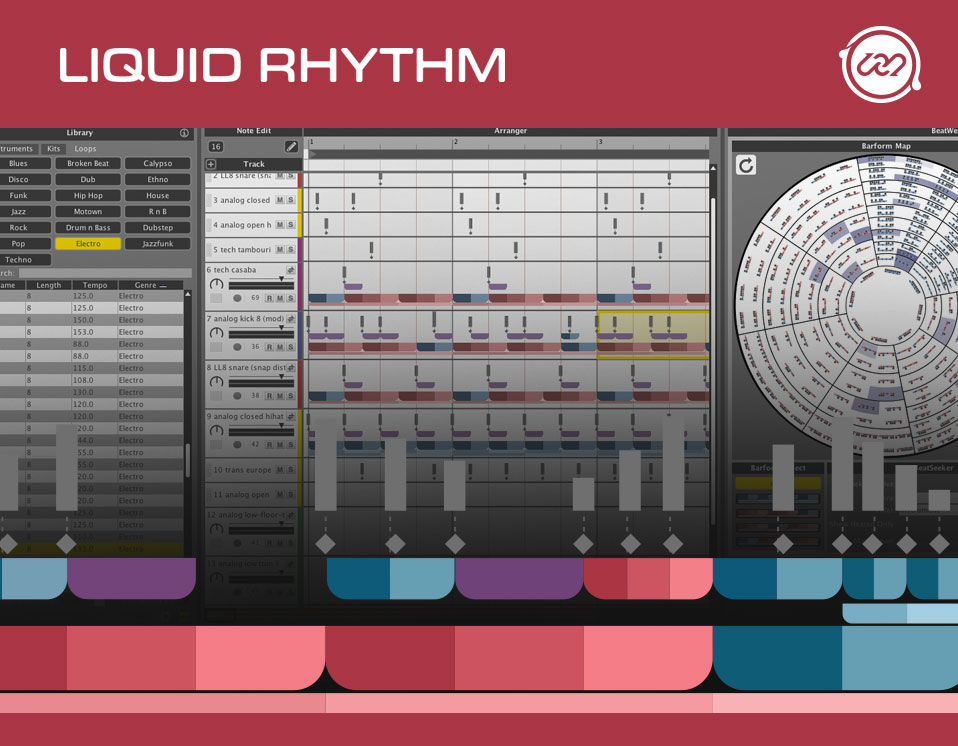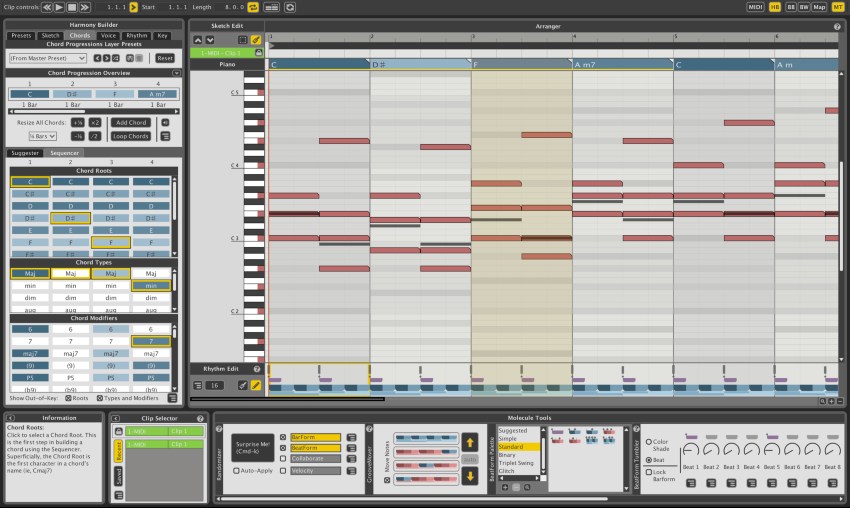

It’s worth noting that once you’ve created a beat you can also swap samples in real time as the arrangement plays back, making it easy to audition different drum sounds in the context of the overall beat (this should really be taken for granted in 2014, but too many sample-based drum machines and instruments still complicate the process).

Before creating a beat, you begin by putting together a kit from the sample library (kits can contain loops as well as individual hits). The range of built-in sounds is quite thorough thanks to a selection of genre-based additional downloads, while custom sample libraries can also be added with ease. The central focus is the Arranger Canvas, which is instantly familiar as a linear arrangement view just like you’d find in a DAW. Liquid Rhythm runs as a standalone application, interfacing with your DAW via a VST/AU/RTAS plugin.

#Liquid rhythm drum machine by wavedna upgrade#
With version 1.4 (a free upgrade for existing owners), the aim isn’t so much to reinvent the package, but to hone and polish the features to make the entire approach more efficient and even more flexible. Version 1.3, released late last year, was a substantial overhaul of the software, introducing a number of innovative new features. WaveDNA’s Liquid Rhythm offers a unique approach to drum programming. Liquid Rhythm, with BeatWeaver’s BarForm Map in the centre


 0 kommentar(er)
0 kommentar(er)
